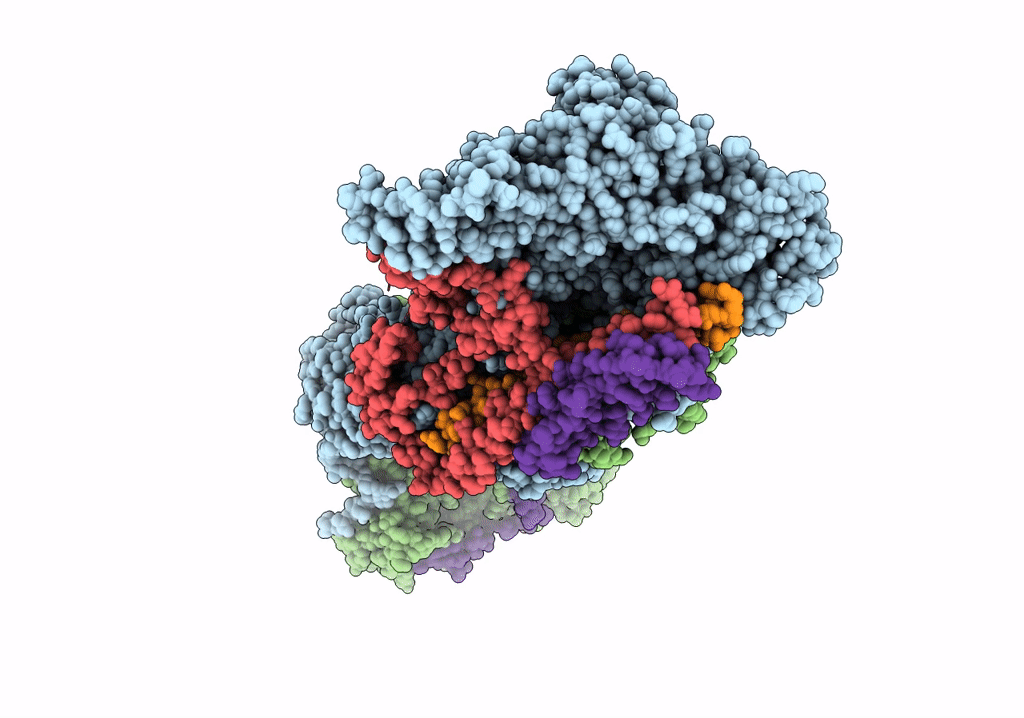
Deposition Date
2022-04-25
Release Date
2022-09-21
Last Version Date
2024-06-12
Method Details:
Experimental Method:
Resolution:
3.00 Å
Aggregation State:
PARTICLE
Reconstruction Method:
SINGLE PARTICLE


